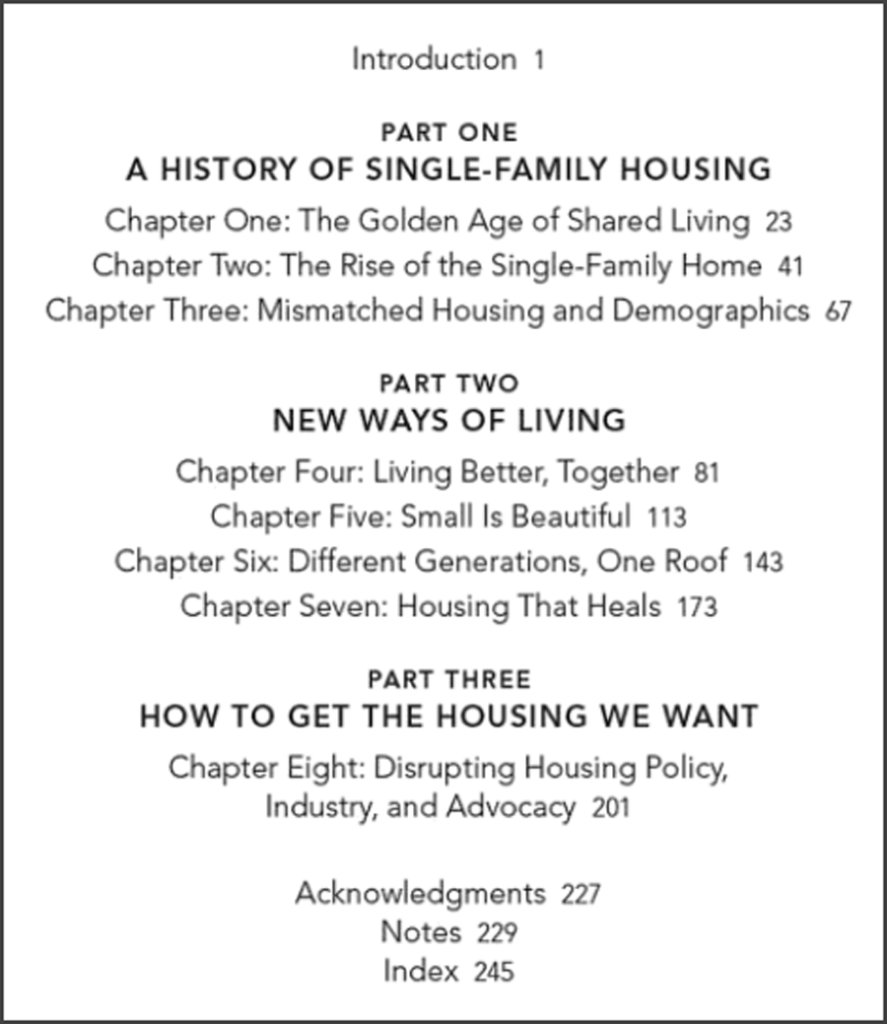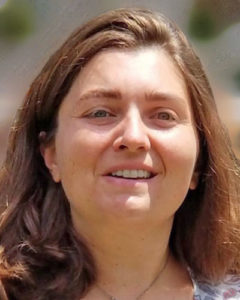Reviewed by Krystle Heaney, AICP, April 7, 2021
For decades the ideal family home in the United States has been depicted as a separate house on a privately owned lot with off-street parking. Images of quaint homes with manicured lawns and white picket fences often come to mind. However, as the population continues to grow and housing prices continue to rise, the ideal family home is becoming more and more impossible to obtain and hold on to. Home seekers and planners alike are now questioning whether single-family housing is the right choice for the health and well-being of communities.
In Brave New Home, author Diana Lind takes on the “tyranny of single-family housing” by explaining how this style of separated living came into being and the potential effects it can have on our sense of community, mental health, and physical wellness. By providing an overview of housing trends in the 20th century, she is able to set the stage for why we now find ourselves in the midst of a housing crisis.

While the housing outlook may seem bleak for many cities around the county, Lind provides several housing options that can create a better sense of community and offer more efficient use of space. She explores a mix of old and new ideas including co-living, tiny houses, multi-generational units, and medical housing, and provides first-hand accounts of how people are challenging the norms that define home.
This book does more than tout the benefits of smaller homes and communal living. Lind offers a realistic perspective that includes the high cost of building accessory dwelling units, how co-living is often marketed only to wealthy millennials, and how the media look down on alternative living situations.
In Brave New Home, Lind doesn’t hold back her disdain for single-family homes — saying they lead to isolation, depression, and poor health among other things — and urban sprawl. She asks us to really think about what makes a happy, healthy, and inclusive community, pointing to “Americans’ typically insatiable consumerism and the way that many equate stuff with happiness.” Though this well-researched and relevant book is at times harsh — Lind talks about redlining and price setting by big companies like Zillow — it is thought-provoking, offers a brief history of housing trends in the United States, and will benefit anyone interested in diverse housing options for the future.
Brave New Home: Our Future in Smarter, Simpler, Happier Housing, Diana Lind. Published October 2020 by Bold Type Books, New York. Hardcover: $16.99 ISBN 9781541742666. 257 pages.
 Reviewer Krystle Heaney, AICP, is an associate planner with Planwest Partners in Arcata. Before joining the firm in spring 2019, she was a natural resources analyst with EN2 Resources in Placerville. Heaney is a Certified California Naturalist and holds a BA in geography from Cal State University–Sacramento. You can read her recent Northern News article, “Small Towns take planning big,” in the February 2021 issue of Northern News.
Reviewer Krystle Heaney, AICP, is an associate planner with Planwest Partners in Arcata. Before joining the firm in spring 2019, she was a natural resources analyst with EN2 Resources in Placerville. Heaney is a Certified California Naturalist and holds a BA in geography from Cal State University–Sacramento. You can read her recent Northern News article, “Small Towns take planning big,” in the February 2021 issue of Northern News.

